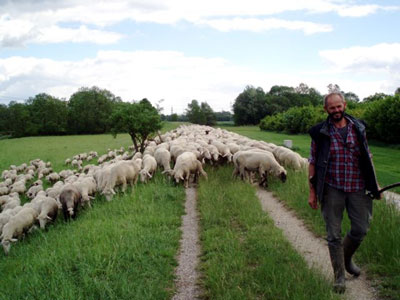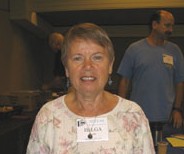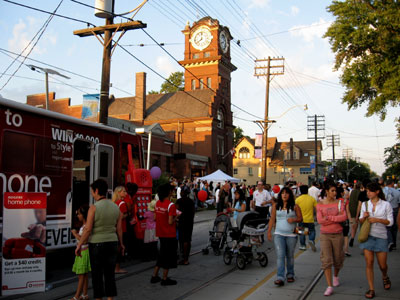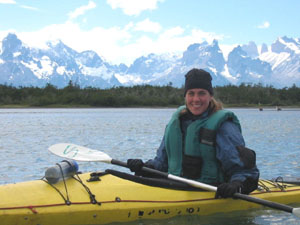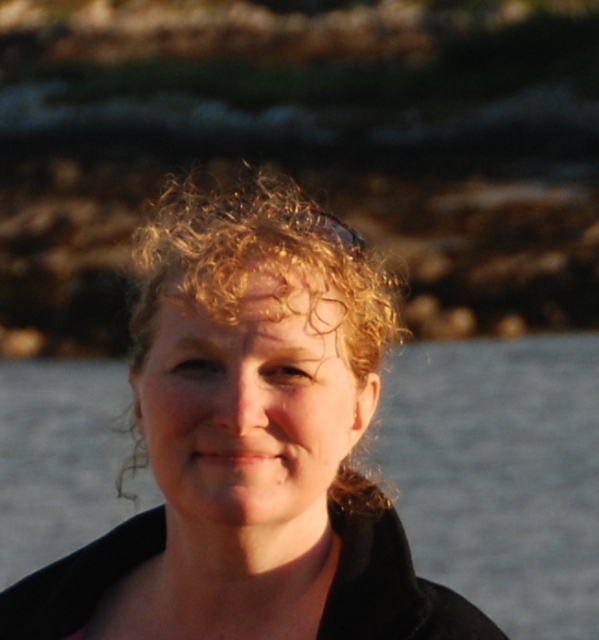For several years now I have started to question life as we understand it. For some strange reason, as I get older, things such as acquiring the next gadget or a bigger screen TV have become a lot less important. Like so many others, I have started to wonder what life is all about. I may not have arrived at the definite answers yet, but I have concluded that it’s not all about consumption, materialism and the next step up the career ladder.
Throughout my personal quest I have had the opportunity to connect with people who have chosen a “life outside the box”, who have walked unconventional paths and come up with their own unique formulas for a meaningful life.
Brandon Wilson is one of these people. Read here part II of his interview. For more about his background and his many travel adventures visit Part I of the interview.

The Templar Trail follows the Danube River from Germany to Budapest.
Image © Brandon Wilson
1. Please tell us about your recent journeys on the St. Olav’s Way in Norway and the Via de la Plata.
Nearly each year now I walk another 1,000 kilometers. The more I walk, the more I connect with a worldwide brotherhood of others lured by similar experiences. When I return, I write travel articles about my journeys and in turn learn about other trails.
The art of pilgrimage is part of the tapestry of all major religions, as pilgrims traditionally traveled to sites of faith and power. In Christianity, this practice waned during the Reformation, but has been rediscovered as local communities resurrect these trails for modern travelers. One such path is the St. Olav’s Way that retraces the route of King Olav from Oslo to Trondheim as he brought Christianity to Scandinavia. I followed that rugged wilderness trail a few years ago. Then I walked the Camino de Santiago a second time with my wife Cheryl, and in 2007 I traced the 1,000 km Via de la Plata from Seville to Santiago, Spain. Its heritage is more influenced by the Roman era and it’s certainly far less traveled than the popular northern route.

Time seems to stand still on the Via de la Plata, as settings take on
a painterly texture. Image © Brandon Wilson
2. You chose to walk from France to Jerusalem as another major pilgrimage experience. What motivated you to go on this journey and what was your special goal?
A 68-year-old Frenchman I had met back on the Camino de Santiago contacted me. He’d always dreamed about walking to Jerusalem with his wife once she retired. To my good fortune she’d decided not to go and he asked if I was interested taking her place. Well, it took me all of thirty seconds to reply, “Mais, oui.” Our route would follow that of the First Crusades and those who were to become the first Knights Templar.
Besides viewing this 2600-mile odyssey as a personal pilgrimage, I decided to make it a walk for peace. I’d talk to others along the way about choosing nonviolent ways of settling our problems rather than resorting to never-ending wars. My third reason for walking it was to establish this trail as an international path of peace that others might follow regardless of their nationality or beliefs.

Architectural gems await discovery all along the Via Francigena, such as the
Duomo in Siena. Image © Brandon Wilson
